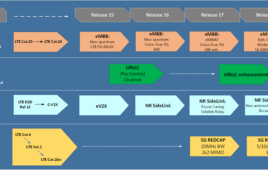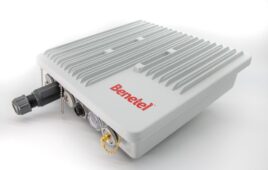Looking to solve the common consumer irritation of slow WiFi, researchers at a Dutch University have come up with an interesting solution: an infrared light ray wireless network capable of delivering 40-plus gigabit per second speeds.
Researchers at Eindhoven University of Technology have developed a system that would deliver wireless data from a handful of central “light antennas” capable of extremely precise direction of the infrared rays. The light would be supplied by an optical fiber, and the central antennas could be, for example, mounted on the ceiling of a user’s living room. As users move about and take their tablet or smartphone out of one light antenna’s line of sight, another light antenna in the system would take over.
Leaving behind the 2.5 GHz and 5 GHz spectrum used by WiFi today, researchers indicated the system would utilize infrared light with wavelengths of 1500 nanometers and higher, which has frequencies that reach up to 200 terahertz. And according to tests conducted by Researcher Joanne Oh – who worked on the system as part of her PhD degree program – this means the system is capable of delivering speeds in excess of 40 Gbps. In one test, Oh was able to achieve a download speed of 42.8 Gbps over a distance of 2.5 meters.
The way the system is designed, users wouldn’t even have to share all that new capacity, either. The system assigns new devices on the infrared network to different wavelengths, ensuring dedicated streams that can all be delivered by the same light antenna. Additionally, researchers said the system eliminates interference from other neighboring WiFi networks.
One last perk? Researchers indicated the system is maintenance free and comes without any power requirements since there are no moving parts. This is achieved through the use of passive diffraction gratings, which emit light rays from different wavelengths at various angles.
So far, the system has only been used for downloads; researchers said uploads have been completed using radio signals due to the minimal capacity needed there.
But the system is still being tweaked. While Oh, who recently received her PhD from the university focused on the system’s data transmission technology, other doctorate students are still working on the system’s device tracking elements and the central fiber optic network that would be needed to connect all the antennas. Broadband Communication Technology Professor Ton Koonen, who heads the BROWSE project the system was developed under, said it will likely be at least another five years before such a system would hit retailer’s shelves.




